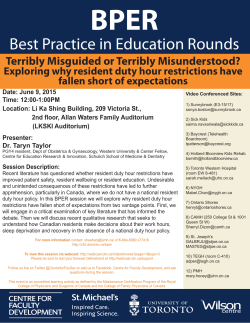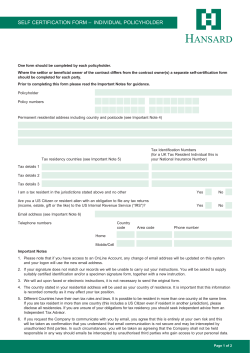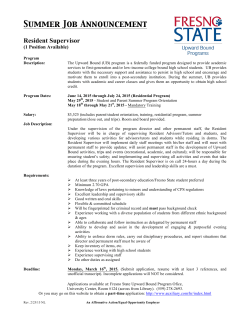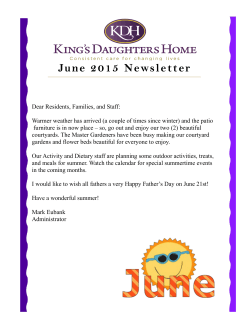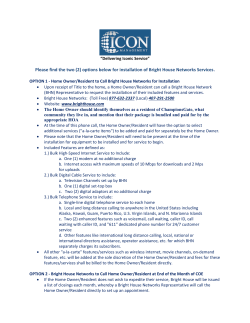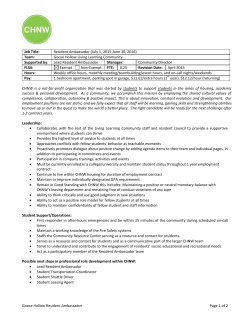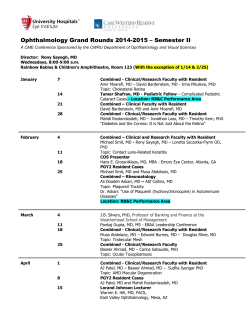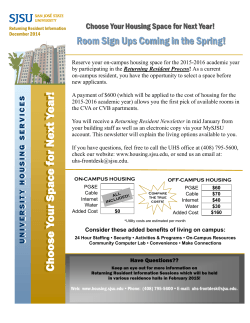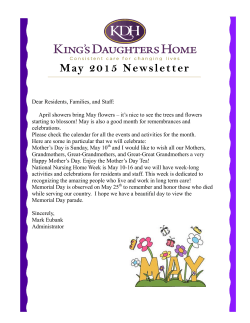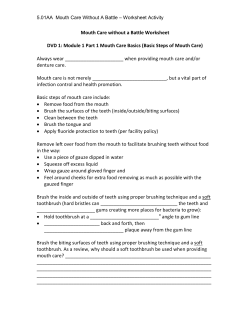
Basic steps of mouth care include:
5.01AA Mouth Care Without A Battle - Concepts Embedding Concepts/Steps into Current Skill Sheets This resource is not to be used as all-inclusive skill sheets for the variations of mouth care and oral hygiene. When performing the proficiency check-off for the cognitively impaired resident, choose a scenario for the student to address when providing care which includes level of dementia and type of behavior displayed. In addition to standard precautions, gathering supplies, disposal of supplies, call bell placement and other steps involved with providing mouth care and assisting with oral hygiene, and steps included in the NNAAP® Candidate Handbook ensure that your current skill sheets for mouth care include the following steps, which are considered important best practices steps. Include steps for making a positive connection with the resident: Knock at the door By moving slowly, approach resident from the front Say hello, introduce self, then identify resident Make eye contact Make small talk (“You look nice.”) Explain why you are there Ask permission to perform mouth care/assist with oral hygiene Include basic steps for mouth care Consult with the nursing care plan, supervisor, or follow facility policy when choosing a mouth care product for a resident who is conscious, not at risk for choking, and can follow basic requests. If needed and before brushing the teeth, remove left over food from the mouth by dipping a piece of gauze in water, squeezing off excess liquid, wrapping around the finger, feeling around cheeks for extra food, then removing as much as possible with the gauzed finger. After moistening toothbrush bristles and placing mouth care product on the soft toothbrush, while holding the toothbrush at a 45o angle to the gum line, brush the inside and outside of the teeth using the following technique – jiggle the toothbrush back and forth, then sweep plaque away from the gum line. Brush the biting surfaces of the teeth by using short back and forth toothbrush strokes. If ordered and facility policy, floss between the teeth using an interdental brush, also called a go-between. Brush the tongue by using a toothbrush or the scraper on the back of the toothbrush, dip brush in product, then start with front of tongue and brush forward with short strokes, then slowly work way to back of tongue while being careful not to make the resident gag; OR For residents who cannot open their mouths wide, using a gauze pad dipped in product and wrapped around a cotton swab, rub along the tongue of residents who cannot open their mouths wide If ordered and facility policy, apply fluoride product, per supervisor’s instructions. Check inside the resident’s mouth for other food remaining by gently sweeping the gloved finger through the mouth and observe for irritation of the gums, cheeks, and tongue. 5.01AA Mouth Care Without A Battle - Concepts When providing mouth care for the resident with dentures, always check for irritation in the mouth after dentures are removed and then clean inside of the resident’s mouth. This must also be done if the resident has no teeth at all: Dip cotton gauze in mouth care product and squeeze excess liquid Wrap gauze around gloved finger and rub gloved finger inside cheeks, under tongue, and on gums Use sweeping motion to remove food (might need to use several sweeping motions if there is a lot of food) and While cleaning gums, let the resident spit in a cup when necessary Include steps for denture care: According to best practices (and per facility policy), never use toothpaste [consider placing an asterisk by the NNAAP step addressing toothpaste and then as a footnote include this statement] Line the sink with a paper towel over drain to prevent damage if dentures are accidentally dropped Take lower denture and brush teeth with toothbrush under cool running water, using jiggle and sweep technique to remove loosened food and plaque; brush all other surfaces that come into contact with mouth; rinse toothbrush and denture under cool running water; then place in denture cup Take top denture and brush teeth with toothbrush under cool running water, using jiggle and sweep technique to remove loosened food and plaque; brush all other surfaces that come in contact with mouth; rinse toothbrush and denture under cool running water; then place in denture cup Ensure both dentures are submerged in cool water in denture cup after denture cup has been rinsed Other situations that may be included in skill sheets for mouth care (or reinforced in lab): People without teeth (edentulous) – mouth care identical with residents with dentures Missing teeth – mouth care as describe previously for remaining teeth and exposed gums Loose tooth – notify supervisor; if safe and as directed, steady loose tooth with other hand and use short light strokes when brushing; if next to other teeth, hold it steady when cleaning between teeth Loose tooth falls out during care – do not replace; apply pressure to area with clean gauze to stop bleeding; and notify supervisor Broken teeth – use cotton swab and not toothbrush; dip swab in cleaning product and rub around broken teeth removing plaque and debris Swallowing disorders – provide mouth care sitting up; do not use toothpaste; use very little liquid in mouth; always dip toothbrush in liquid and dab on gauze pad to get rid of excess water; brush as normal; encourage resident to spit into medicine cup when necessary Tube feeding – treat the same as residents with swallowing disorders Cognitive Impairment Stage Early Behaviors/Needs Need step-by step directions Trouble adjusting to new routines 5.01AA Mouth Care Without A Battle - Concepts Stage Middle Late Behaviors/Needs May hit, spit, grab, bite, yell Need step-by step directions Let resident have toothbrush and use hands-on guidance Often need total care May not open mouth State what nurse aide is doing Use touch to demonstrate understanding Offer reassurance and encouragement The Resident Refuses Mouth Care If the resident is hard of hearing or has dementia Phase in mouth care by first brushing just the front of the teeth Talk to the resident at eye level and speak slowly and clearly Show equipment and supplies to be used Use different words to explain steps. Use gestures to act out the requested behavior. (model opening up your own mouth and brushing your own teeth) If the resident fears a loss of control or pain Phase in mouth care by first brushing just the front of the teeth Explain each step and why; give a reason for step Provide reassurance while providing care. For middle stage or advanced dementia, give the resident something he/she likes to hold (blanket, stuffed animal) The Resident Will Not Sit Down Put a chair behind the resident’s legs and say, “please sit down.” Nurse aide sits down to demonstrate desired behavior Get the resident’s attention by facing him/her, making eye contact, and stating name Talk with the resident Provide mouth care standing up Stand up in front of sink with mirror to model past behavior The Resident Will Not Open Mouth If the resident does not understand Touch the cheek, mouth and/or lower jaw to suggest to resident to open mouth For late stage dementia, slowly approach the mouth with toothbrush, gently slide brush into the mouth, and begin brushing Sing a song which causes the resident to open the mouth If the resident does not want care Be patient 5.01AA Mouth Care Without A Battle - Concepts Make small talk Give a reason (“Your mouth will feel better;” “Let me get the food from your mouth so you’re more comfortable”) Ask resident if he/she wants to brush teeth by self Simply come back later The Resident Grabs at the Nurse Aide or the Toothbrush For the resident with middle stage of dementia who grabs the nurse aide or toothbrush, stop the care and figure out the reason for the behavior. If the resident does not understand Speak loudly and clearly Repeat self using simple words Talk to the resident at eye level Use gestures and props If the resident is in pain Be gentle Talk through the procedure Slow down and stop when necessary If the resident wants control Give resident toothbrush and guidance Use hand over hand technique If the resident is anxious or afraid Provide reassurance by explaining what the nurse aide is doing and Give resident something to hold (cup, teddy bear, or other similar object) Redirect resident by talking, singing, playing music, providing a favorite drink/food, gently touching and massaging shoulders or arms The Resident Hits the Nurse Aide If the resident has middle stage dementia At the earliest sign of agitation when resident is observed getting upset, stop and see what is going on (most residents will not hit if this is done) Redirect resident by talking, singing, playing music, providing a favorite drink/food, gently touching and massaging shoulders or arms If resident continues to hit, the nurse aide should stop with mouth care and come back later The Resident Bites Down on the Toothbrush and Will Not Let Go If the resident has middle or late dementia and possibly a reflex to chew was stimulated Gently wiggle the toothbrush or swab Gently rub cheek and massage the jaw If the nurse aide feels comfortable, rub along inside of cheek, but outside of the teeth area 5.01AA Mouth Care Without A Battle - Concepts The Resident Sucks on the Nurse Aide’s Finger, Gauze, or Toothbrush If the resident is in late dementia and a reflex to chew was stimulated Explain what you are doing because the resident may think it is food Stop if it is a reflex and then start again Redirect resident by talking, singing, playing music, providing a favorite drink/food, gently touching and massaging shoulders or arms If the resident is in late dementia and mouth area hurts Recognize pain Be gentle Provide reassurance The Resident Spits Water on the Floor Instead of a Cup If the resident associates the cup with drinking and not spitting into Provide mouth care near a sink and instruct resident to spit into the sink Tilt cup forward under the chin to suggest the resident to spit
© Copyright 2025
